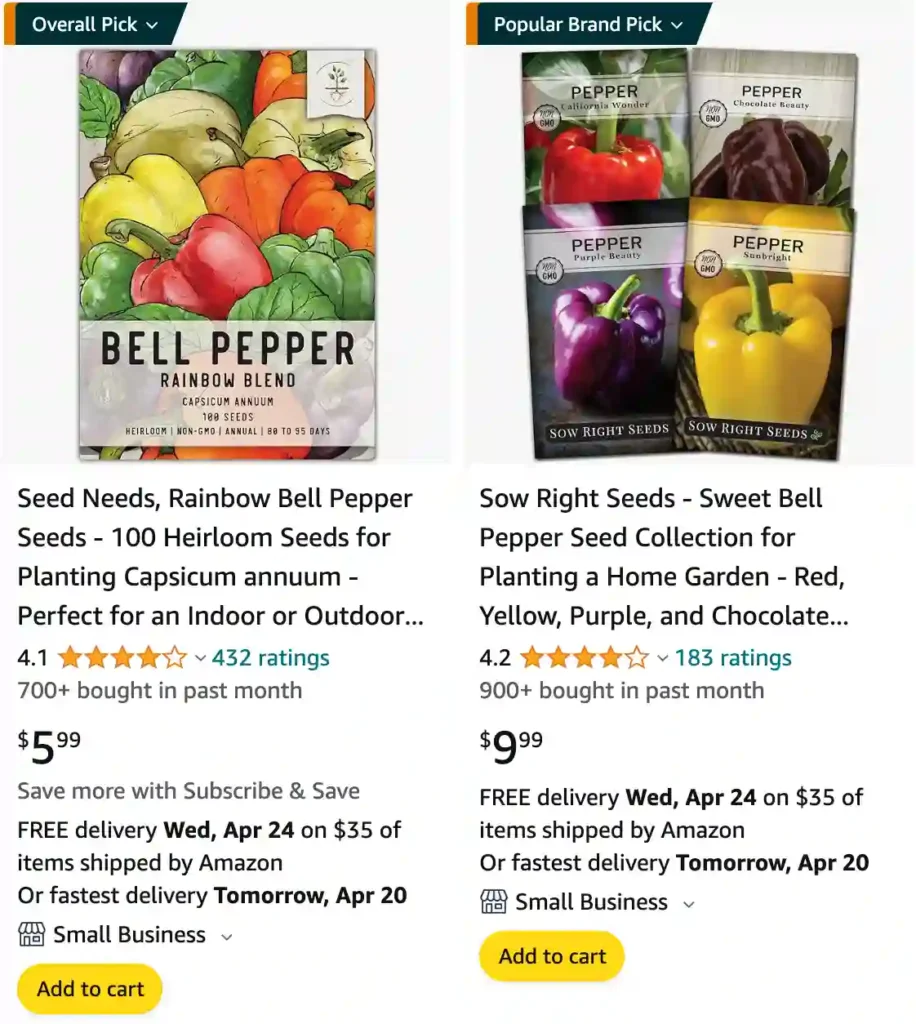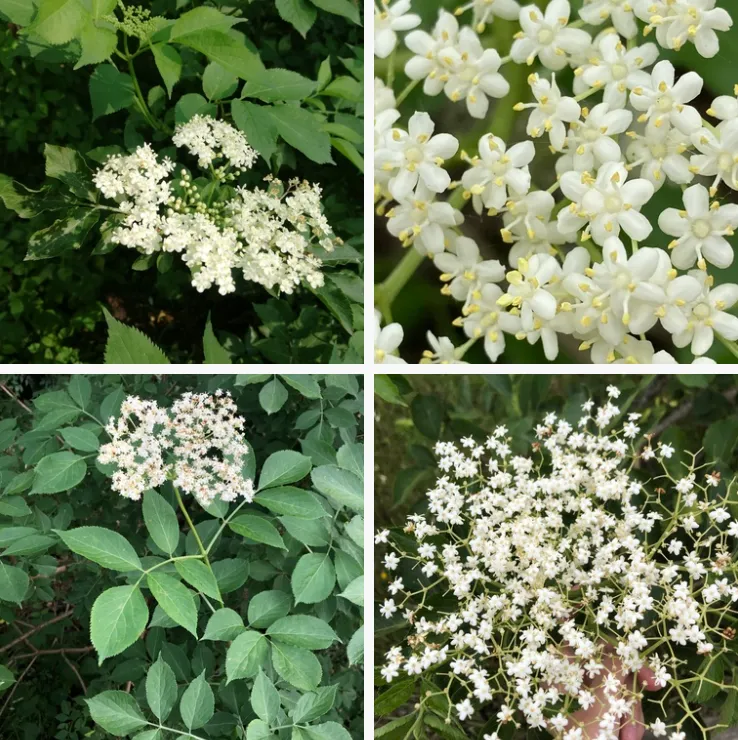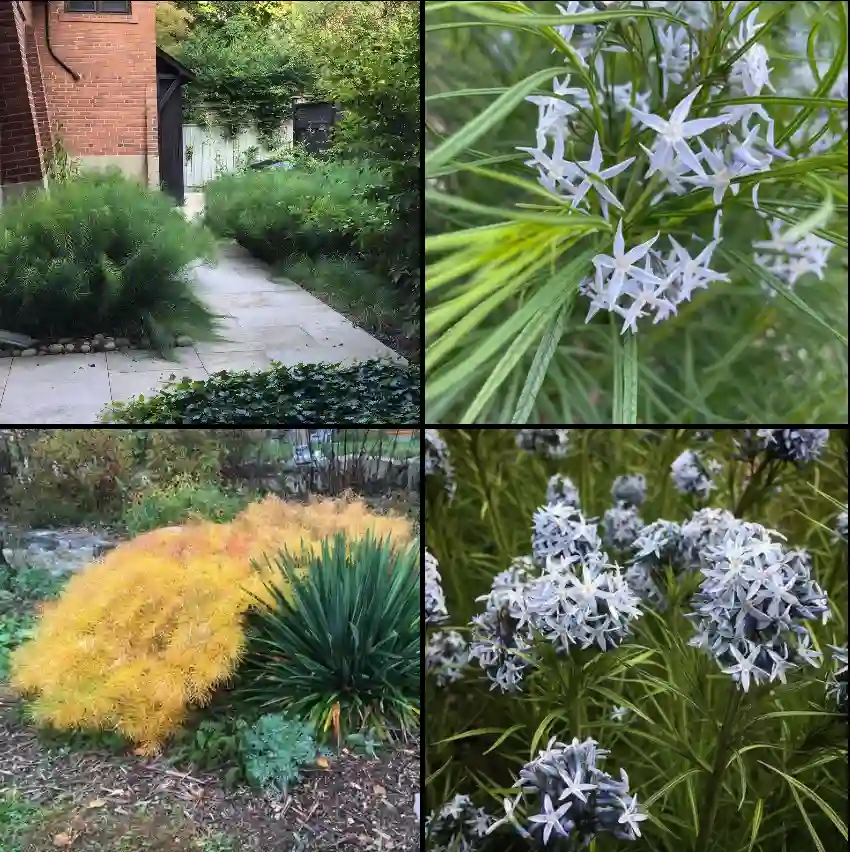
Bell Peppers: Your Colorful Culinary Companion – FAQs by Ferb Vu
Bell peppers are a vibrant and versatile ingredient that add a delightful crunch and sweetness to countless dishes. But beyond their culinary charm, these beauties boast a surprising amount of nutritional value. As someone who loves incorporating them into my meals, I’ve come across many questions regarding this popular veggie (or is it a fruit?). So, I decided to compile a handy FAQ to answer all your burning bell pepper questions!
43 Species in Genus Capsicum
What is a Bell Pepper?
Bell peppers, also known as sweet peppers, belong to the nightshade family, closely related to tomatoes, eggplants, and potatoes. They come in a variety of vibrant colors – green, red, yellow, and orange – with each shade boasting slightly different flavor profiles. Green peppers are simply unripe versions of the other colors, offering a more grassy taste. As they mature, they turn sweeter and develop their characteristic vibrant hues.
Red Bell Pepper vs Green
When it comes to red bell peppers versus green ones, I find the red ones sweeter and richer in flavor. I enjoy using red bell peppers in salads or roasted dishes because they add a nice sweetness that complements other ingredients well.
Bell Pepper vs Capsicum
In terms of bell peppers versus capsicum, I’ve learned that they’re actually the same thing, just called differently in different regions. It was interesting to discover this when I traveled abroad and saw them labeled as capsicum instead of bell peppers.
Male vs Female Bell Pepper
Regarding male versus female bell peppers, I never really paid attention to this until recently. I learned that the number of bumps on the bottom indicates their sex; females have four bumps, and males have three. I don’t think there’s a noticeable taste difference, though!
California Wonder Pepper vs Bell Pepper
When it comes to California Wonder peppers versus regular bell peppers, I tend to prefer the California Wonder variety for their classic bell pepper shape and flavor. They’re great for stuffing or slicing into salads.
Cubanelle vs Bell Pepper
I recently tried Cubanelle peppers for the first time, and they have a milder flavor compared to regular bell peppers. They’re perfect for sautéing or frying, adding a subtle sweetness to dishes.
Bell Pepper Cooked vs Raw
I’ve always enjoyed bell peppers both raw and cooked, but I find that cooking them brings out a deeper, sweeter flavor. Whether roasted, grilled, or stir-fried, cooked bell peppers add a delicious dimension to meals.
Bell Pepper vs Banana Pepper
Bell peppers versus banana peppers is a fun comparison for me because banana peppers have a tangier, slightly spicier flavor. I like using banana peppers in sandwiches or pickling them for a zesty kick.
Bell Pepper vs Chili Pepper
Bell peppers versus chili peppers is a stark contrast in heat levels. While bell peppers are sweet and mild, chili peppers like jalapenos pack a spicy punch that can vary from mild to very hot. I use them carefully in dishes to control the heat level.
Bell Pepper vs Jalapeno
Bell peppers versus jalapenos is another comparison of mild versus spicy. I enjoy the crunch and sweetness of bell peppers in salads and stir-fries, while jalapenos add a fiery kick that I love in salsas and spicy dishes.
Bell Pepper vs Paprika
Bell peppers versus paprika is interesting because paprika is made from dried and ground bell peppers. It adds a rich, smoky flavor to dishes without the crunch of fresh peppers. I use paprika often in soups and stews for its depth of flavor.
Bell Pepper vs Poblano
When comparing bell peppers to poblanos, I appreciate poblanos for their mild heat and earthy flavor. They’re great for stuffing or roasting, adding a unique twist to dishes with their smoky undertones.
How to Care for Bell Peppers?
Bell peppers thrive in warm, sunny environments. If you’re feeling adventurous, you can try growing your own! Plant them in well-drained soil and water them regularly, especially during hot weather. Keep an eye out for pests like aphids and use organic methods to control them if necessary.
How to Propagate Bell Peppers?
For the truly green-thumbed, you can even propagate your own bell pepper plants from seeds! Simply dry out a ripe pepper, remove the seeds, and plant them in a shallow tray filled with moist potting mix. Once seedlings emerge and establish a few sets of leaves, transplant them into larger pots or your garden.
What to Plant with Bell Peppers?
Bell peppers can be delightful companions in your garden. They pair well with herbs like basil and oregano, as well as leafy greens like lettuce and spinach. However, avoid planting them near other nightshade vegetables like tomatoes and eggplants, as they compete for the same nutrients.
How to Cut a Bell Pepper?
Slicing and dicing bell peppers is a breeze. First, wash the pepper thoroughly. Then, hold it upright on its stem and cut off the top and bottom. Lay it flat and slice it down the center, removing the core and seeds. Now you can easily chop it into strips, cubes, or bite-sized pieces, depending on your recipe.
Is Bell Pepper a Fruit?
This is a fun fact! Bell peppers are technically fruits, as they develop from the flowering part of the plant and contain seeds. However, in culinary terms, they’re treated as vegetables due to their savory flavor profile.
How Many Calories in a Bell Pepper?
One medium-sized bell pepper, regardless of color, packs a mere 31 calories, making them a fantastic low-calorie addition to your diet.
How to Dice a Bell Pepper?
Dicing a bell pepper is similar to cutting it. Follow the steps above, then simply lay the sliced halves flat and make thin cuts vertically and horizontally to create a fine dice.
Can Dogs Eat Bell Pepper?
The good news is that bell peppers are safe for dogs in moderation. They’re a great source of vitamins and fiber. However, avoid giving them the stem, leaves, or seeds, as these can cause digestive upset. It’s always best to consult your veterinarian before introducing any new food to your furry friend’s diet.
How Long Does Bell Pepper Last in the Fridge?
When stored properly, bell peppers can stay fresh for up to two weeks in the crisper drawer of your refrigerator. Look for firm peppers with smooth, unblemished skin. Once cut, store them in an airtight container for up to 3-4 days.
How Many Carbs in a Bell Pepper?
One medium bell pepper contains around 5 grams of carbohydrates, making them a great option for those following a low-carb diet. Most of these carbs come from fiber, which keeps you feeling full and promotes gut health.
Can You Eat Bell Pepper Seeds?
Bell pepper seeds are safe to eat and won’t harm you. However, they can be a bit tough and slightly bitter. If you’re not a fan of the texture, simply remove them while prepping your peppers.
Can Bearded Dragons Eat Bell Pepper?
Bearded dragons can enjoy bell peppers in moderation. They’re a good source of vitamin A, which is essential for their health. Just be sure to chop them into small pieces and remove the seeds to prevent digestive issues.
How to Cook Bell Pepper for Baby?
Bell peppers are a nutritious and delicious first food for babies. Simply steam or roast them until soft, then puree them for a smooth consistency. You can also add them to other baby food purees for added flavor and nutrients.
Can Chickens Eat Bell Pepper Seeds?
Yes, chickens can safely eat bell peppers, including the seeds. In fact, they’re a nutritious treat rich in vitamins and antioxidants that can help boost their immune system and egg production. However, it’s important to offer them bell peppers in moderation as part of a balanced diet.
Can Hamsters Eat Bell Pepper?
Hamsters can enjoy bell peppers in small quantities. The vitamin C content is beneficial for them, but too much sugar can lead to health problems. Stick to a small, diced piece as an occasional treat.
Can Rabbits Eat Bell Pepper Seeds?
Rabbits can enjoy bell peppers, but with some caution. The flesh is safe, but the seeds and leaves can cause digestive issues. Offer them only a small amount of the fleshy part occasionally, and avoid the seeds and leaves altogether.
Can Guinea Pigs Eat Bell Pepper Seeds?
Similar to rabbits, guinea pigs can have bell peppers, but in moderation. The seeds and leaves are a no-go, but a small piece of the fleshy part provides essential vitamin C. Stick to a tiny serving once or twice a week.
Nutritional Variations by Color
While all bell peppers offer similar health benefits, there are slight variations depending on the color. Red bell peppers boast the highest concentration of vitamin C, an essential antioxidant. Yellow peppers are a good source of lutein and zeaxanthin, beneficial for eye health. Orange peppers offer a balance of vitamins A and C.
How to Select the Ripest Bell Pepper?
When choosing bell peppers, pick firm ones with smooth, shiny skin. Avoid any with wrinkles, blemishes, or soft spots. The stem should be green and fresh-looking.
Delicious Bell Pepper Recipes
Bell peppers are incredibly versatile and can be enjoyed in countless ways. Here are just a few ideas to get your creative juices flowing:
- Stuffed Peppers: A classic comfort food. Fill halved peppers with rice, ground meat, vegetables, and cheese, then bake until tender.
- Stir-fries: Bell peppers add a delightful crunch and sweetness to stir-fries.
- Salads: Chopped peppers add vibrant color and a refreshing bite to salads.
- Roasted Vegetables: Roasting bell peppers intensifies their sweetness and brings out their rich flavor.
- Salsa: Bell peppers are a key ingredient in many delicious salsa recipes.
With their vibrant colors, delightful crunch, and impressive nutritional profile, bell peppers are a welcome addition to any kitchen. So grab your favorite colored pepper, get creative, and explore the culinary possibilities!
If i die, water my plants!



